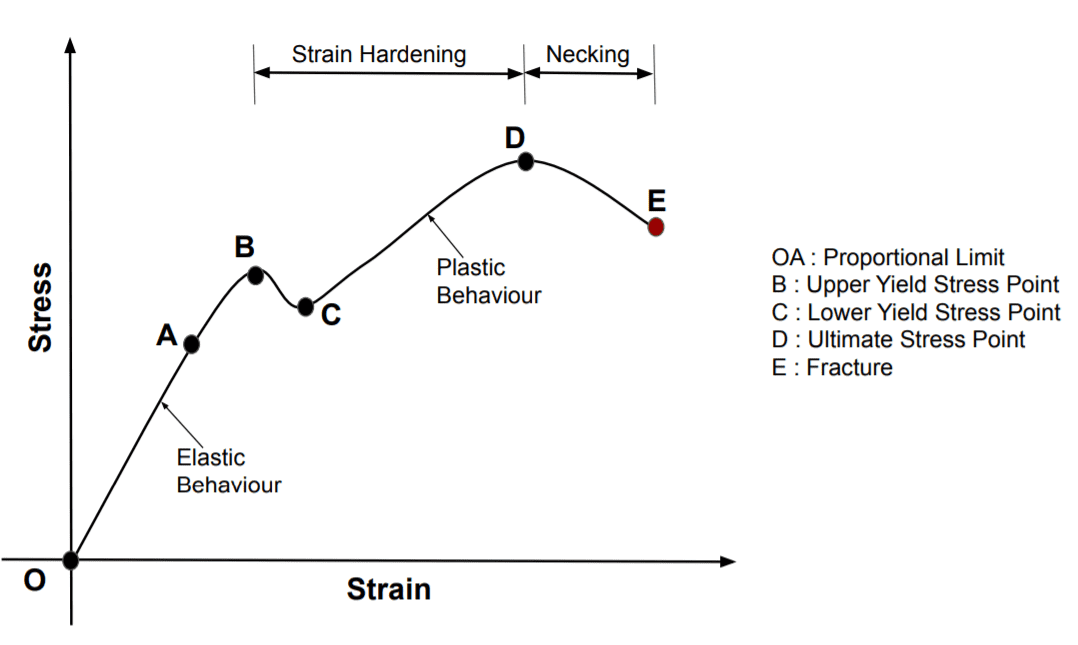LaHunter
Well-Known Member
Can someone explain the 'why' behind why this occurs? Given a certain brass, bullet, powder, primer combo, by changing only the neck bushing sized you can impact your groups. How do we know for 100% certain that the gripping force of the brass neck on the bullet doesn't increase by reducing the bushing size to say .005 or .006 vs .002 less than the loaded round neck o.d. Just wanting to get my brain wrapped around this.I can say for 100 percent fact that reguardless of spring back, there is a huge difference when shooting groups with .002 NT or .005. This is being measured from outside neck before seating bullets. Certain guns like more. Certain like less.
Thanks for replies

